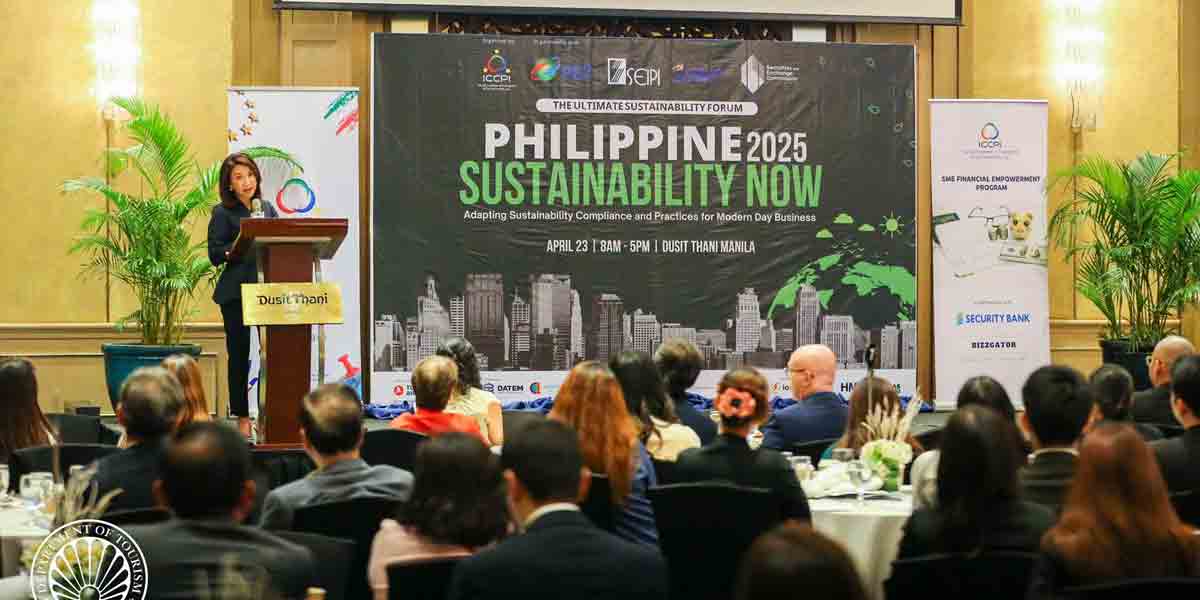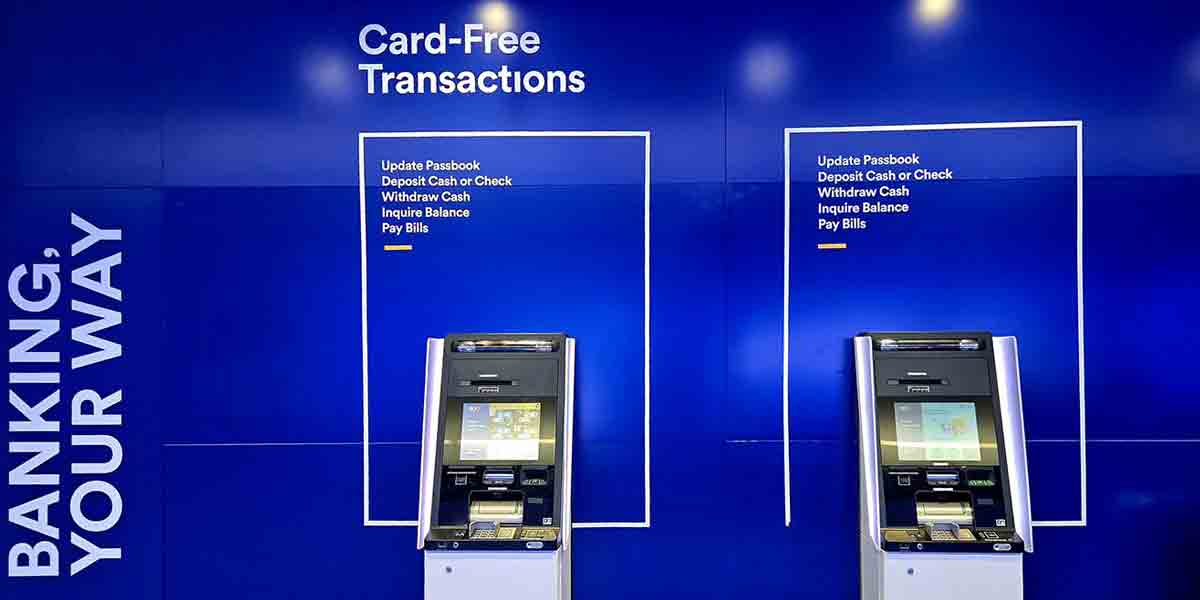The Philippines is set to bolster its energy capacity with nearly 7,000 megawatts (MW) of new power projects slated for completion by 2025, according to the Department of Energy (DOE).
The DOE reported that 6,841 MW of private sector-initiated projects are on track for development, with Luzon accounting for the majority of these projects. Renewable energy leads the expansion, with Luzon planning 3,923 MW of solar power, complemented by 1,320 MW of natural gas and 500 MW of coal capacity to diversify the power mix.
In the Visayas, 855 MW of projects are in the pipeline, including 846 MW of solar energy initiatives. Meanwhile, Mindanao will see 176 MW of renewable energy developments out of a total 232 MW planned.
Energy Secretary Raphael P.M. Lotilla emphasized that this expansion will address rising electricity demand and ensure a stable power supply. “We are in a much better situation this year than last year because several projects have come online,” he said. “This includes not only new generation capacity but also transmission lines that are vital to bringing the supply to the market.”
Peak electricity demand is forecasted to rise across all regions. Luzon’s demand is expected to grow by 5.4% to 14,769 MW, Visayas’ by 16% to 3,111 MW, and Mindanao’s by 8.2% to 2,789 MW.
The DOE has also highlighted the increasing role of energy storage systems (ESS) and battery energy storage systems (BESS) in enhancing energy reliability. Luzon will develop 230 MW of ESS and BESS, while Mindanao is set to add 100 MW.
Lotilla noted that while Visayas relies on power imports from Luzon and Mindanao, efforts are underway to address this dependence. “Mindanao still has excess capacity, which allows us to export additional power to the Visayas, especially in the evenings. But we must be able to grow with the increased demand,” he explained.
The DOE assured the public that the country is unlikely to face power shortages this year, including during the election period, thanks to infrastructure upgrades by distribution utilities and electric cooperatives.
“The resiliency of the system was tested, and unlike other countries in Southeast Asia, which had to curtail power supply to industrial and commercial customers, we only had, at most, two-hour rolling brownouts in selected parts of the country,” Lotilla said.






















